Pressure vessel closures are critical components to seal the ends of pressure vessels. Which are containers designed to hold gases or liquids at a pressure substantially different from the ambient pressure. These closures ensure the safe containment of the pressurized contents and are designed to withstand significant mechanical stresses. Their design, material selection, and manufacturing processes are heavily regulated and must meet strict industry standards and safety regulations.
EMT Factory Supply Pressure Vessel Pressure Vessels Closures | ||||
Design Pressure | 1.6MPa-30MPa | |||
Corrsoion Allowance | 2mm | |||
Seismic Fortification Intensity | 7 Degrees | |||
Work Medium | Oil,Nature gas,Water and ore pulp etc. | |||
Opening Time | Within 60s less than 200N | |||
Opening Type | Vertical or Horizontal | |||
1. Advanced Features of EMT Pressure Vessels Closures
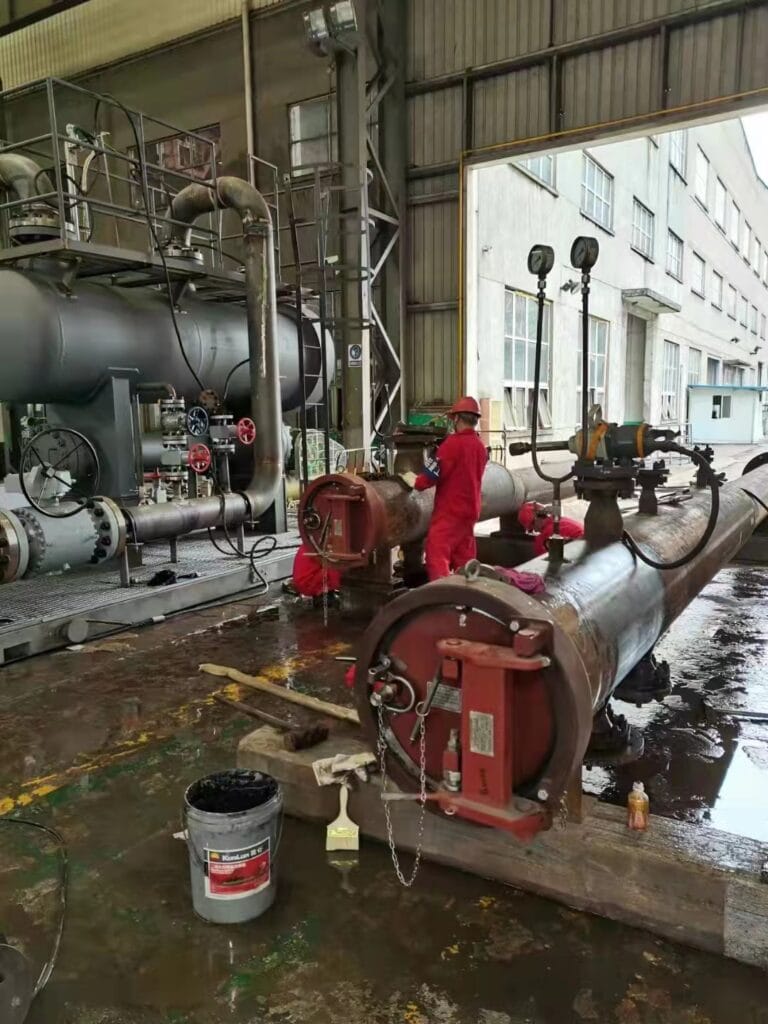
Quick-Opening Mechanisms:
- EMT closures often feature sophisticated quick-opening designs that enable fast and secure access to the vessel interior. These can include threaded designs that allow for quick unscrewing, or more complex mechanical systems like clamps or lever-operated mechanisms that can be opened and closed in seconds without tools.
Safety Interlocks:
- Safety interlocks prevent the closure from being opened while the vessel is pressurized. This is a critical safety feature that protects operators from accidentally opening the vessel under unsafe conditions.
Pressure and Temperature Sensors:
- Integrated sensors can provide real-time monitoring of the conditions inside the vessel. This data is crucial for maintaining operational safety and efficiency, allowing for immediate adjustments to the process or shutdown procedures if necessary.
Corrosion-Resistant Materials:
- Advanced metallurgical technologies and coatings work to enhance the corrosion resistance of EMT closures. Materials such as duplex stainless steel, Inconel, and titanium might work depending on the specific requirements of the application, such as resistance to sour gas environments in oil and gas applications.
Automated Operation:
- Some EMT closures are designed to be operated automatically via pneumatic or hydraulic systems. This automation is particularly useful in large-scale operations or in hazardous environments where manual operation would be impractical or unsafe.
Enhanced Sealing Technologies:
- High-performance sealing systems, such as double or triple seals with leak detection between the seals, are to ensure the integrity of the closure even under extreme conditions. These seals are often made from materials that can withstand high temperatures and aggressive chemicals.
Ease of Maintenance:
- We design EMT closures with maintenance in mind, featuring components that are easily replaceable and accessible. This minimizes downtime and operational costs associated with maintenance activities.
Customizability:
- EMT offers custom-engineered solutions to meet the specific needs of their clients. This includes custom sizes, pressure ratings, and configurations to fit unique vessel designs or operational requirements.
2. Material Selection
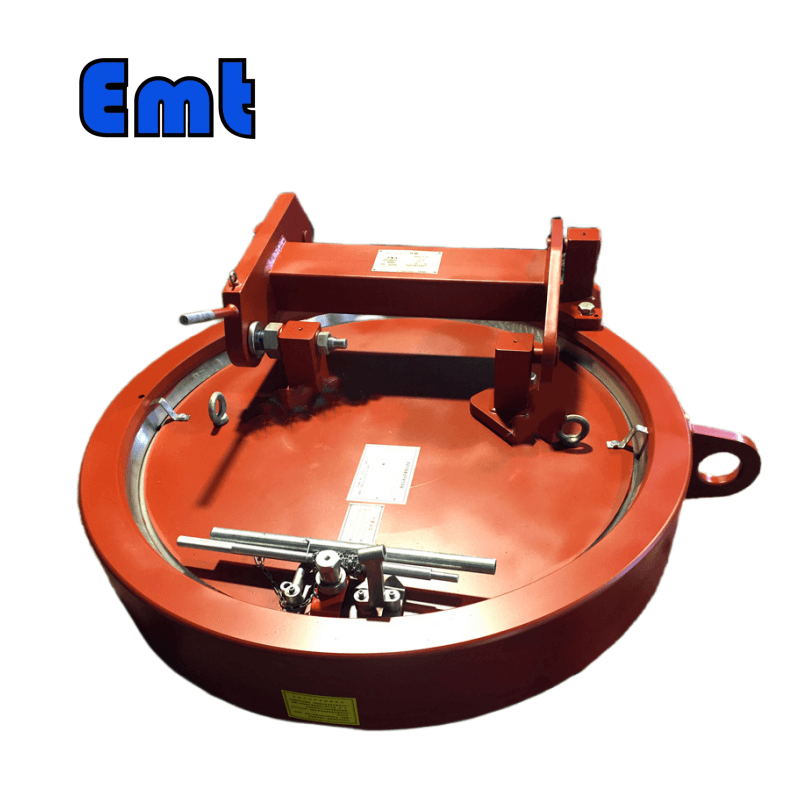
The choice of material for pressure vessel closures is crucial and depends on:
- Pressure and Temperature: Higher pressures and temperatures require materials with greater strength and thermal stability.
- Corrosion Resistance: Materials must resist the chemical environment inside and outside the vessel.
- Compatibility: Materials must be compatible with the contents of the vessel to avoid contamination or degradation.
Common materials include carbon steel, stainless steel, aluminum, and composite materials, each chosen based on specific application requirements.
3. Safety and Compliance
Pressure vessel closures are subject to rigorous standards to ensure safety and reliability. Common standards include those from the ASME (American Society of Mechanical Engineers), which provides guidelines on design, material selection, testing, and inspection. Compliance with these standards is critical to prevent failures, which can be catastrophic due to the energy stored in pressurized systems.
4. Applications
- Oil and Gas: For storage tanks, reactors, and separators.
- Chemical Processing: In reactors and storage vessels for various chemicals.
- Power Generation: In boilers and steam drums.
- Pharmaceuticals: In processing vessels requiring sterile conditions.
5. Types of Pressure Vessels Closures
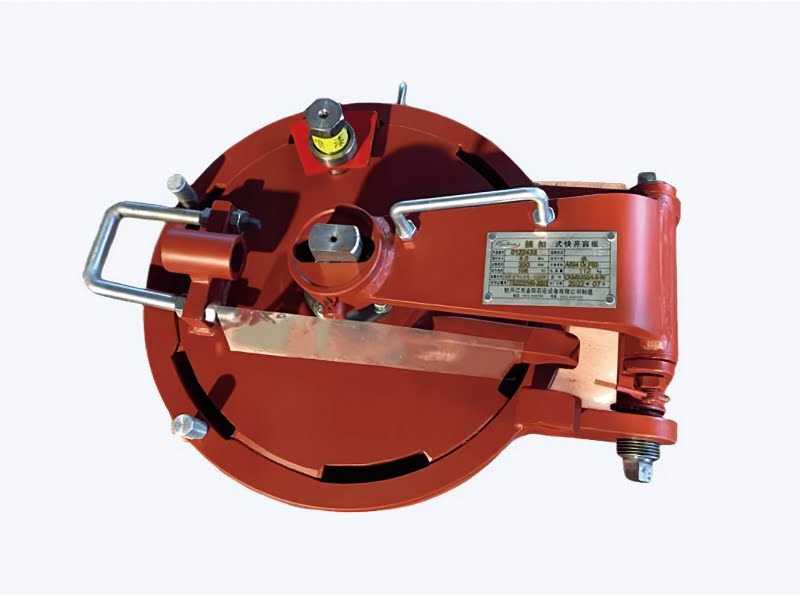
- Bolted Flange Closures:
- These are among the most common closures, consisting of a flanged lid attached to a mating flange on the vessel with bolts.
- Advantages: They allow for easy access to the vessel for inspection and maintenance.
- Disadvantages: They can be bulky and require careful handling to ensure a proper seal.
- Screwed Cap Closures:
- These closures feature a threaded cap that screws directly into the vessel or onto a threaded hub at the vessel’s end.
- Advantages: Compact design and generally good for smaller pressure vessels or lower pressure applications.
- Disadvantages: Not suitable for large or high-pressure applications due to limitations of threads under extreme stress.
- Welded Closures:
- These involve welding a cap or plate directly to the vessel body, providing a permanent seal.
- Advantages: Very reliable for high-pressure applications due to the strength of the welded joint.
- Disadvantages: Does not allow for easy access since requiring cut to open the vessel.
- Quick-opening Closures:
- Designed for frequent access needs, these closures can be opened quickly and without tools. Then they often use clamps, bayonet fittings, or other mechanisms that allow for rapid opening and closing.
- Advantages: Ideal for applications requiring regular internal access.
- Disadvantages: More complex mechanisms which may require more maintenance.


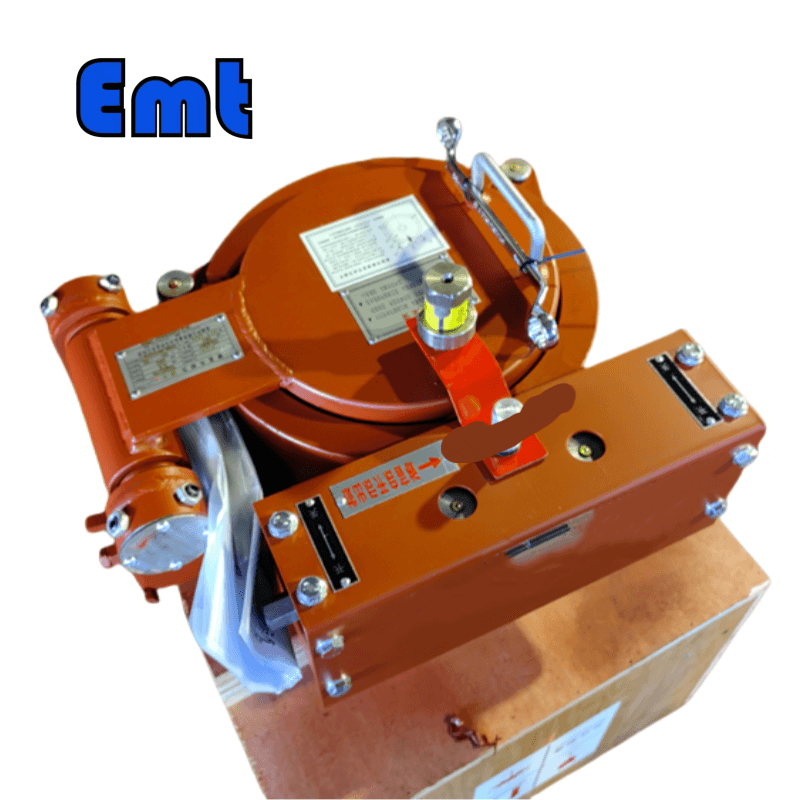

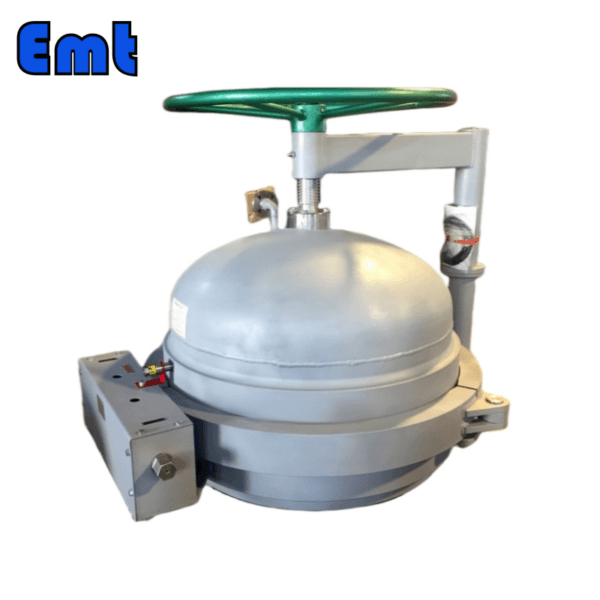
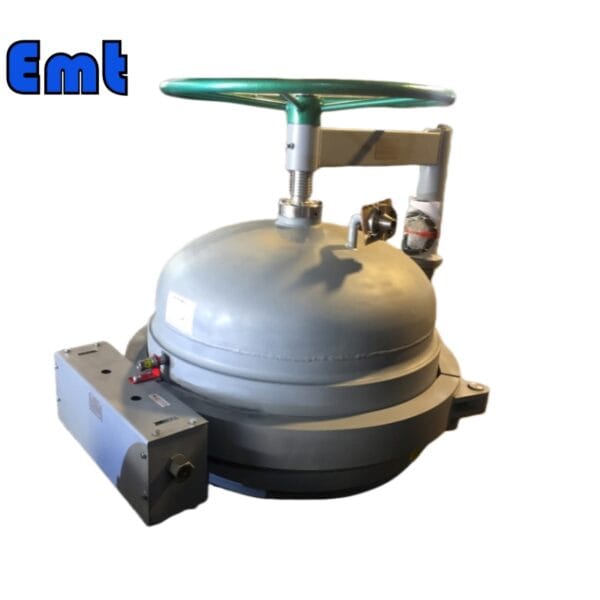
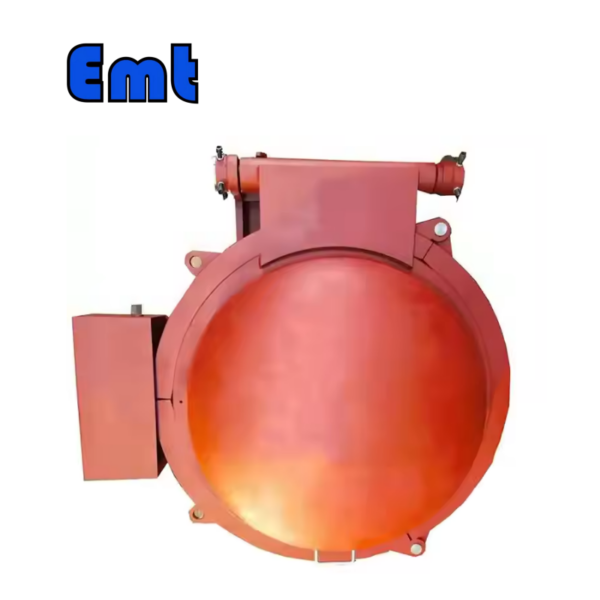
There are no reviews yet.